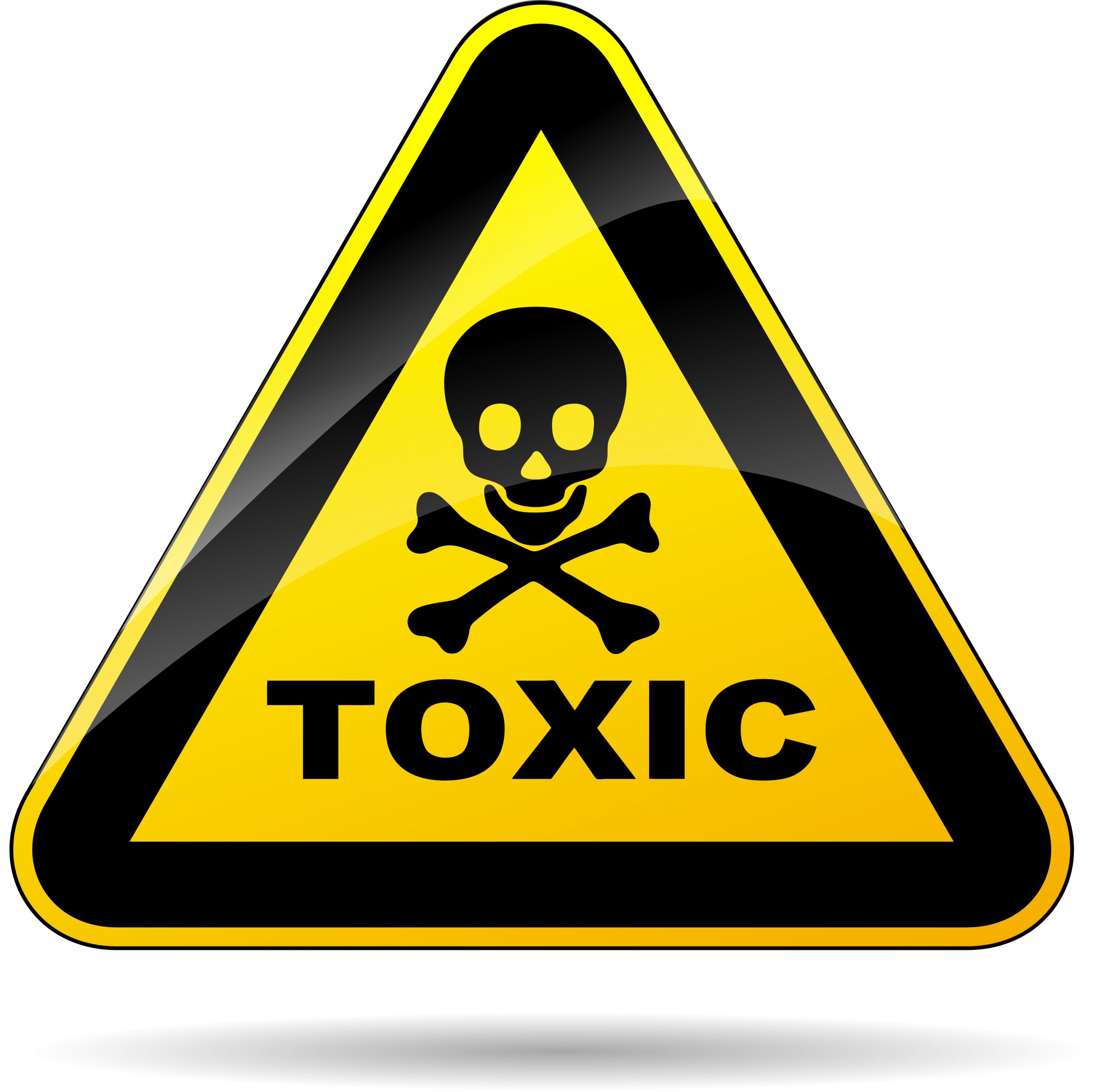Just two years ago, the EPA reclassified coal ash from post industrial use to post consumer use. Now, unless you know what that is, you might not have a problem with it. But, while the news didn’t make much of a headline, it should have us all concerned because according to Earth Justice, coal ash is “the toxic remains of coal burning in power plants, is full of chemicals that cause cancer, developmental disorders and reproductive problems. It poisons our water and kills fish and wildlife.”
Back in 2010, the EPA Inspector General decided the agency needed to reconsider its promotion of coal power waste reuse. However, instead of asking someone with an outside and unbiased opinion, they chose an industry-funded review and came up with the following conclusion: it’s totally safe.
So, this burnt up, toxic waste, was reclassified so they could make more money, this time, consumer products. Despite the fact that it is toxic poison. Thankfully they aren’t making baby cribs out of it but the EPA has regulated its use for the following products:
- Sheetrock/Drywall
- Golf Balls
- Park benches made out of composite wood
- Composite wood on your deck or favorite seashore boardwalk
- Ebonite bowling balls
- Snow and ice melt
- Vinyl flooring
- Plastic utensils and tool handles
- Composite kitchen counters
- Dog houses
- Cattle feeders
- Sheetrock/drywall
- Paint
- Carpet backing
- Fertilizer
- Cosmetics
- Toothpaste
As Jim Vallett sees it, one of the real issues is mercury vapor. As he says in his response to the EPA’s new classifications (and I HIGHLY suggest you read his full article here):
“The agency not only rejects any consideration of exposure to dusts directly released by wallboard, it also fails to investigate another pathway for exposure: the adsorption of mercury vapor, emanating from wallboard, onto interior dust particles and surface materials. It fails to quantify the cumulative effect of sorption over time, for example in carpets upon which infants crawl. Instead, it presumes that all mercury in the air is mixed with outside air and leaves the building.”
While there are now regulations in place, they aren’t comforting and don’t seem to be after “we the people’s” best interests. These products are in our homes. They can be easily purchased at the Home Depot just down the street from you. Educate yourself. Ask questions. Email the EPA.
Source: Mercury Free Kids, Pharos and EPA












